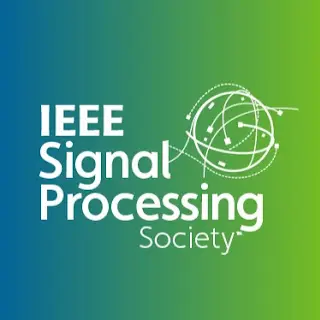Pyramid-Structured Depth MAP Super-Resolution Based on Deep Dense-Residual Network
Although deep convolutional neural networks (DCNN) show significant improvement for single depth map (SD) super-resolution (SR) over the traditional counterparts, most SDSR DCNNs do not reuse the hierarchical features for depth map SR resulting in blurred high-resolution (HR) depth maps. They always stack convolutional layers to make network deeper and wider.
